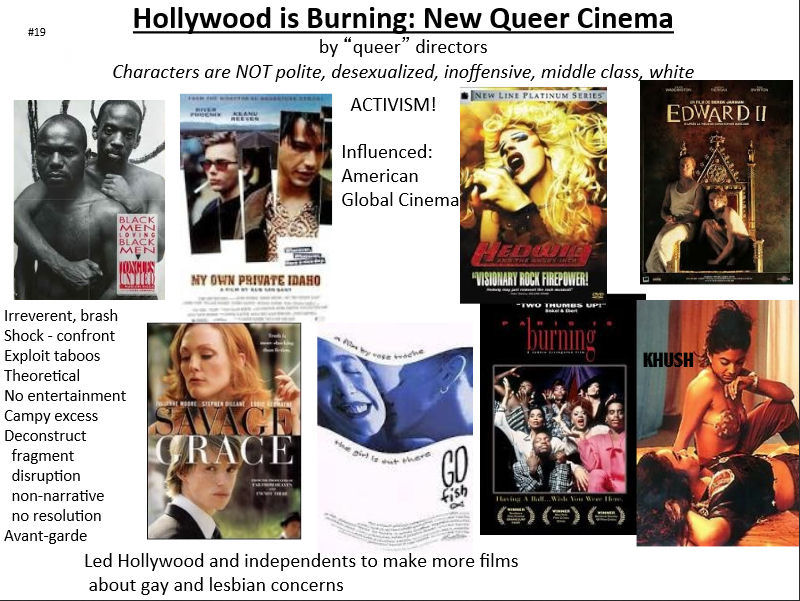
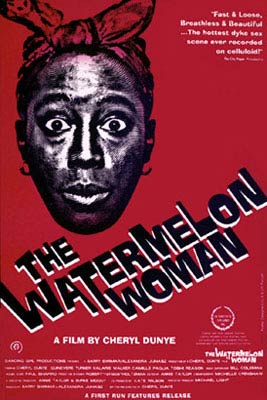

|
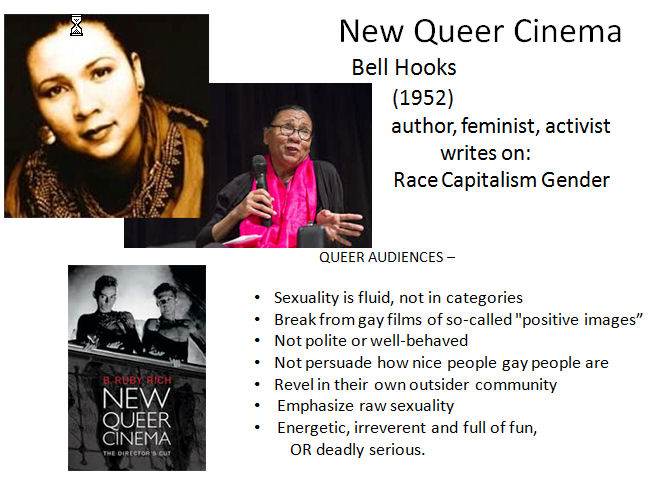
|
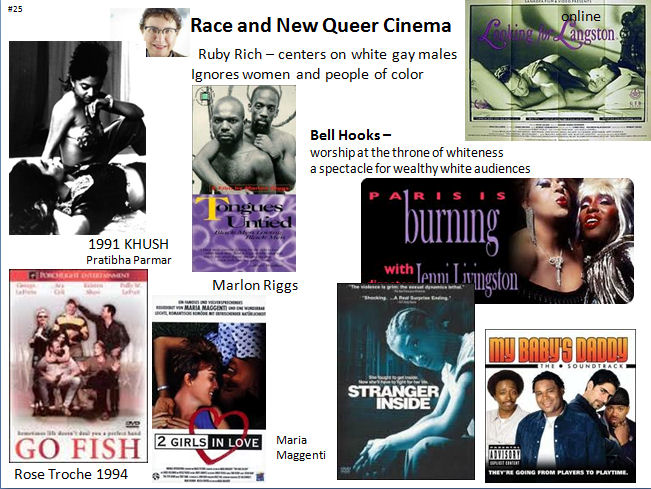
|
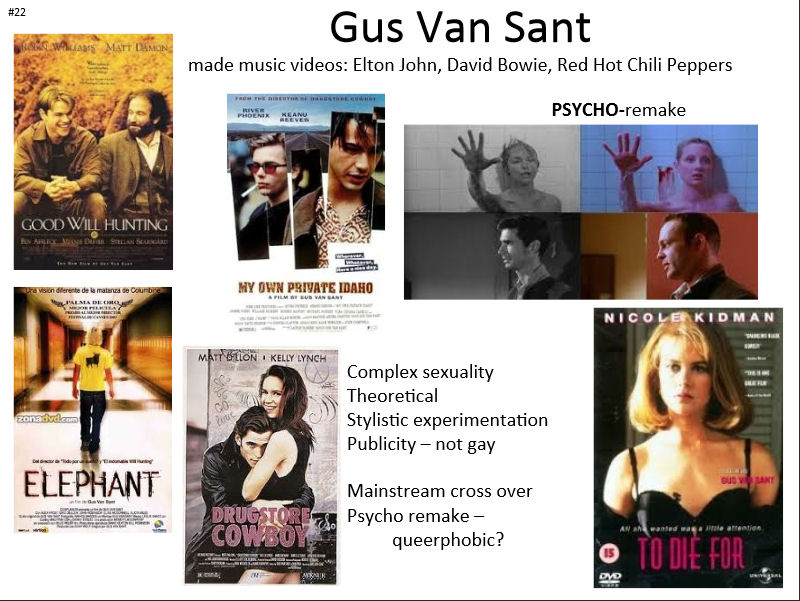
|
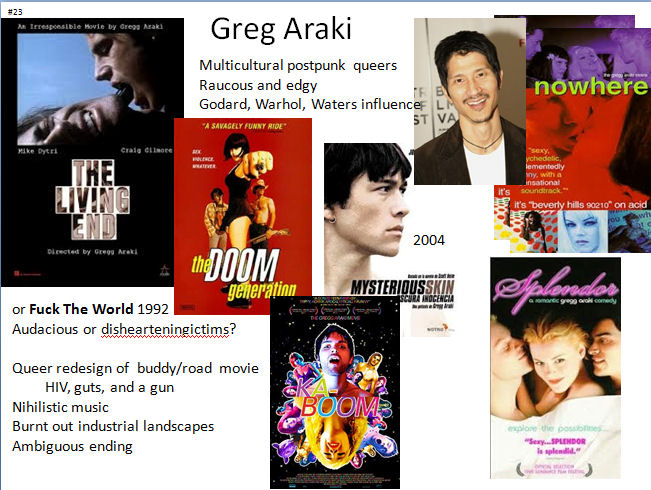
|
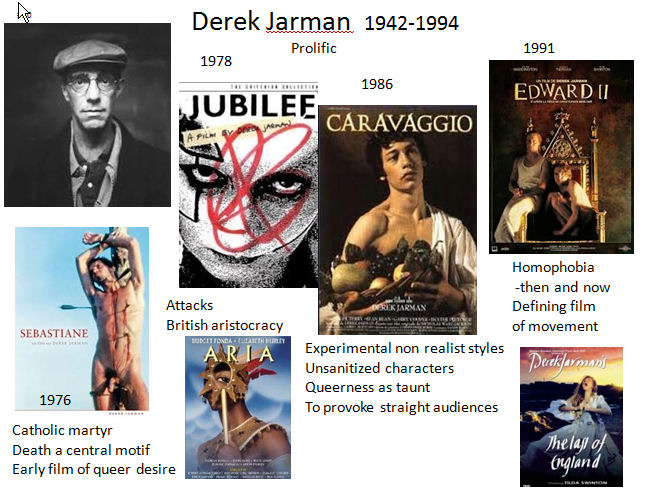
|
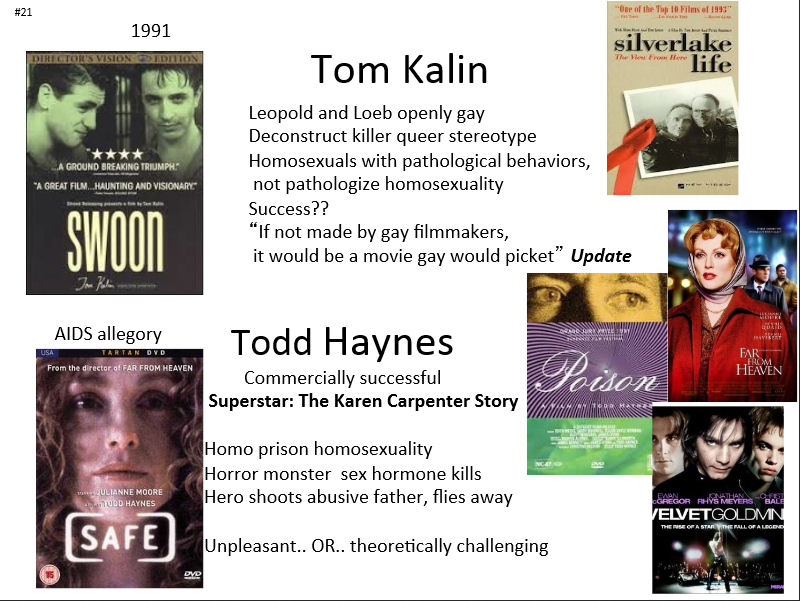
|
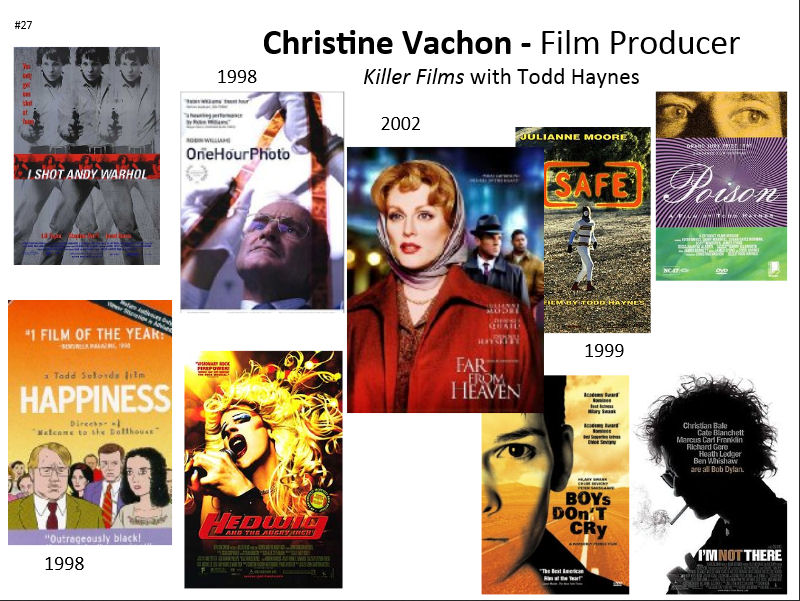
|
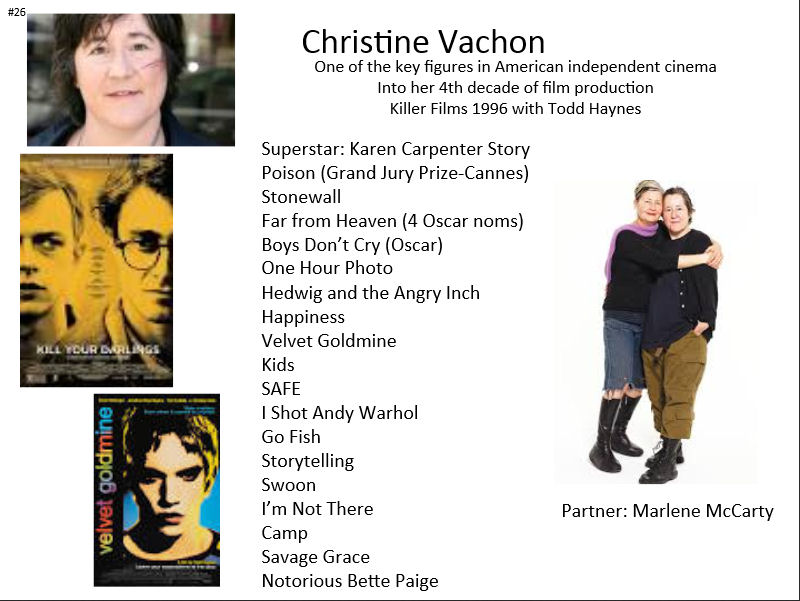
|
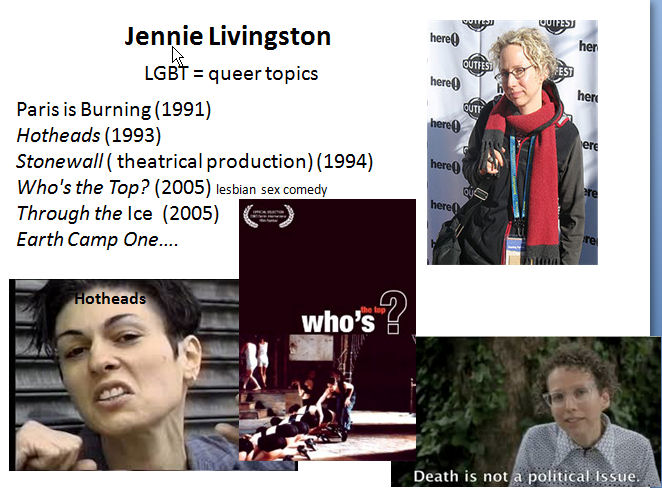
|
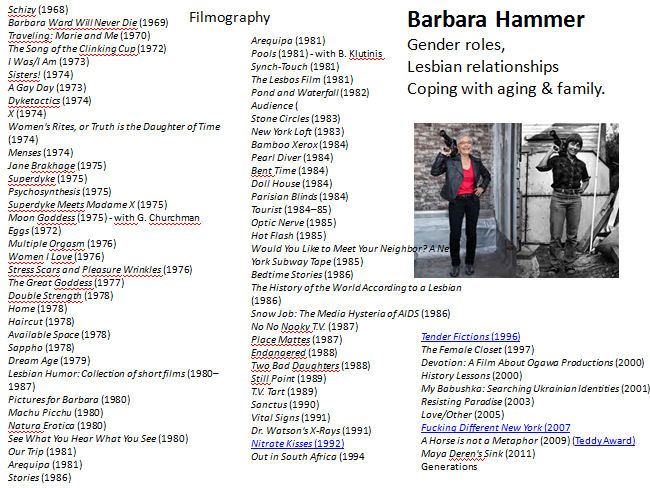
|
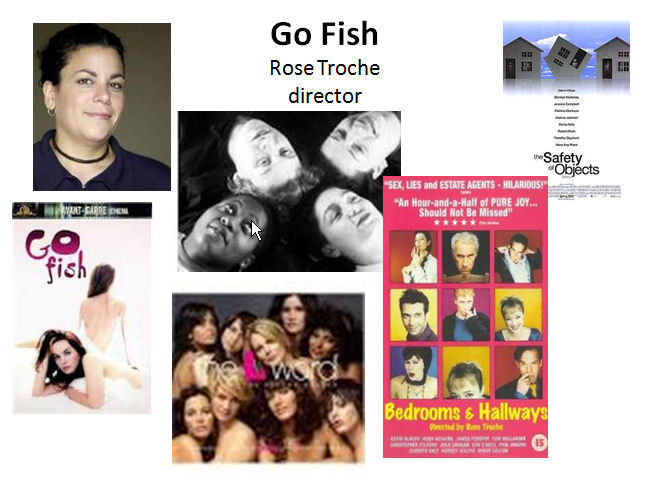
|
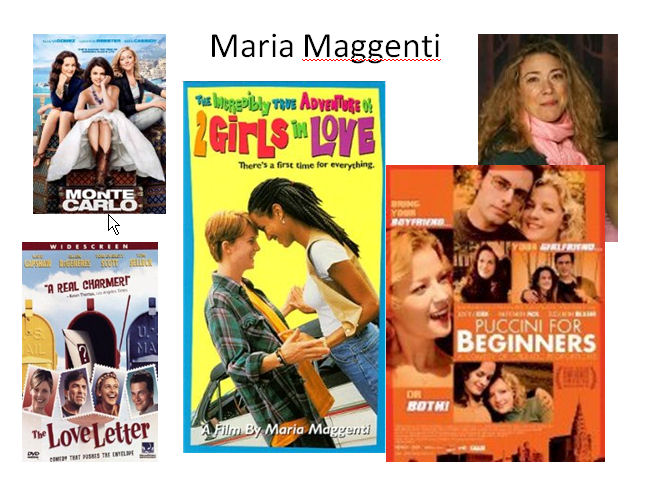
|
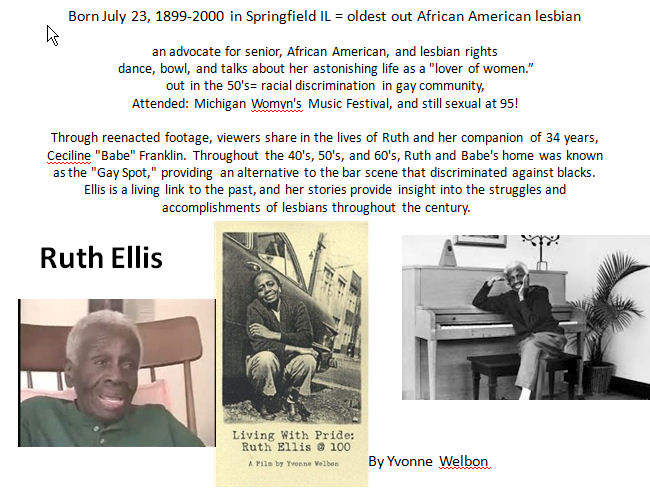
|
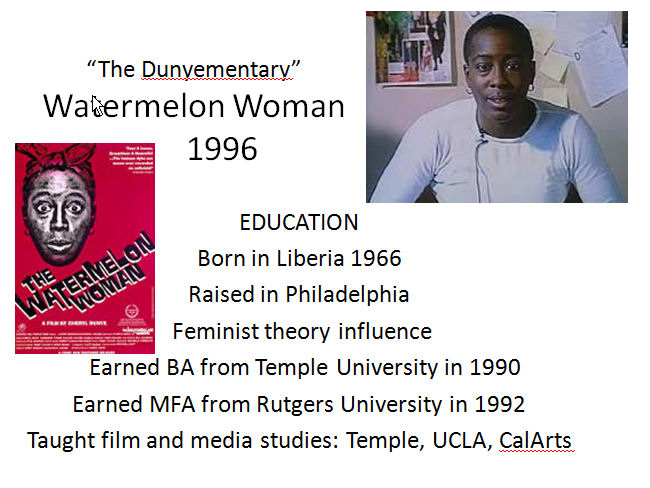
|
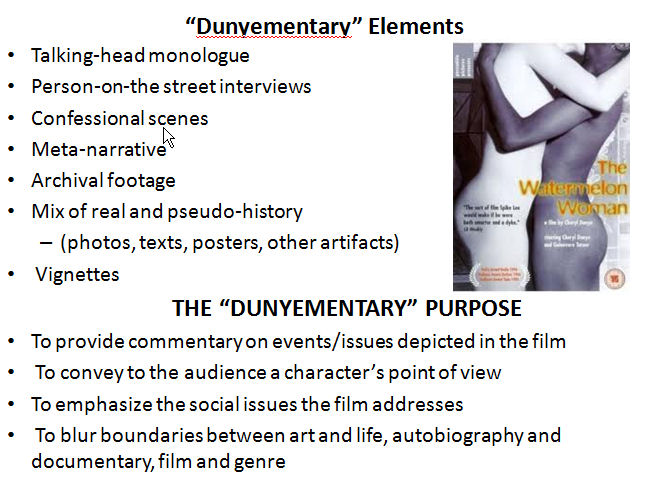
|
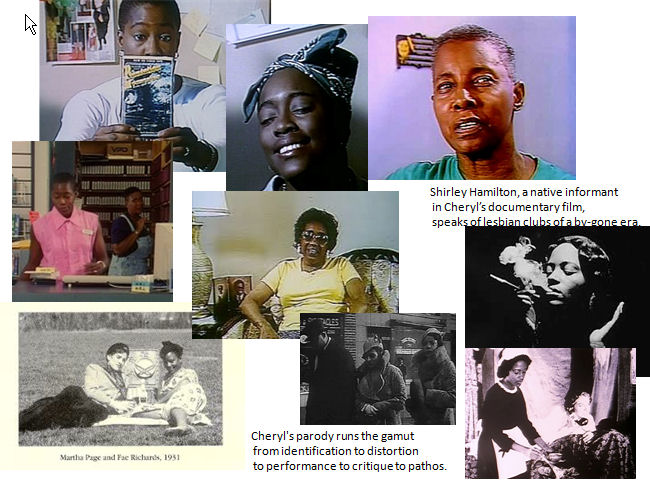
|
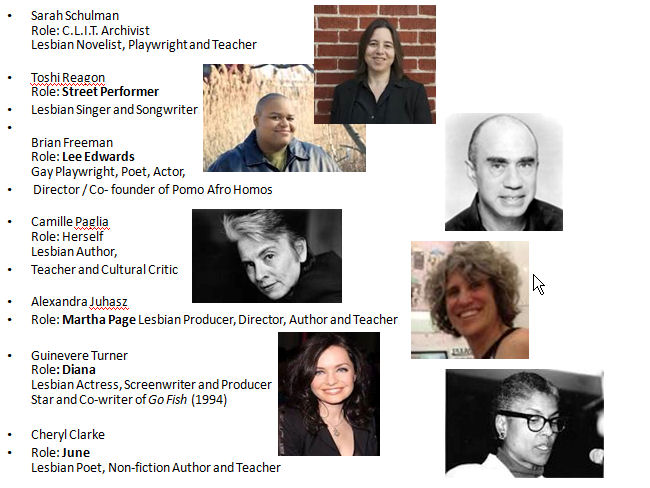
|
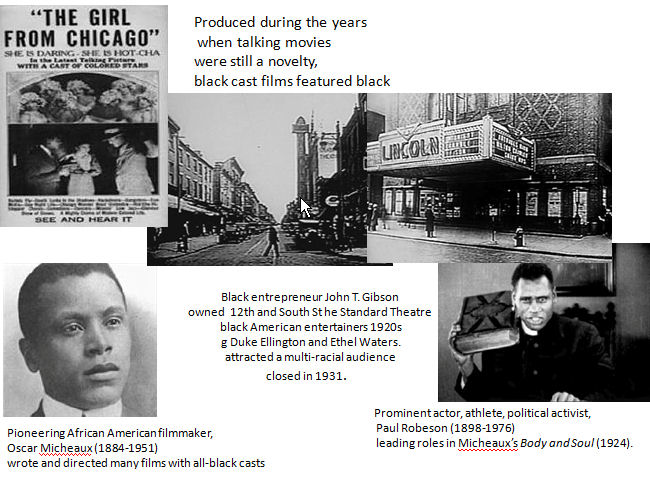
|
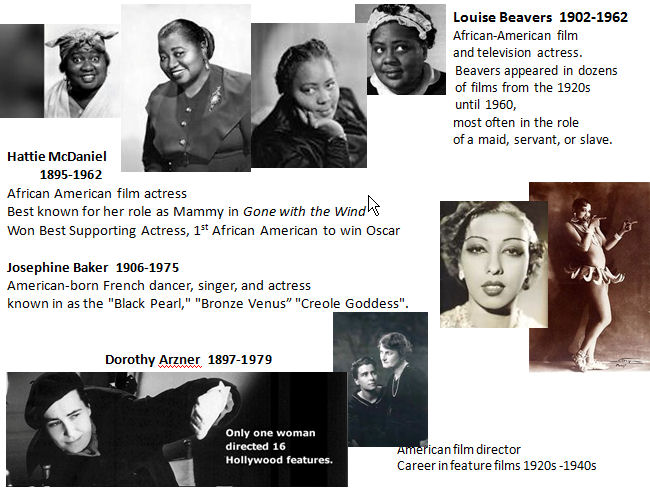
|
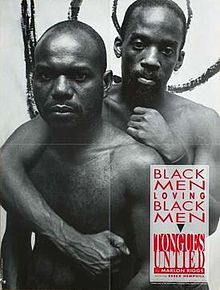
Tongues Untied (1989)
Description from The Advocate magazine's
The Top 175 Essential Films of All Time for LGBT Viewers:
Tongues United (1989): This powerful film, part documentary, part spoken-word poetry, and all about black men loving men, should be required viewing for any intro to queer film studies class. Filmmaker Marlon Riggs enlisted the assistance of black gay men living through the peak of the AIDS epidemic, giving a moving, rhythmic voice to a community that was swept under the political rug for multiple identities considered unpalatable in late-1980s America. Archival footage documenting the revolutionary act of black men loving one another and standing up for equality is poignantly cut with equally moving poetry recited by Essex Hemphill to create an important snapshot of the resilience, wit, and undeniably dynamic nature of this essential part of our community. -S.B.
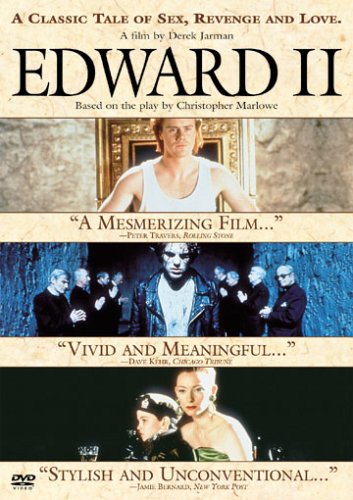
Edward II (1991)
Description from The Advocate magazine's
The Top 175 Essential Films of All Time for LGBT Viewers: Scott's Comments:
Edward II (1991): Director Derek Jarman took Christopher Marlowe's play and cranked the gay dial up to 11 in this adaptation. The film portrays King Edward II's friend Piers Gaveston as his lover and shifts the focus of the kingdom's ire from Gaveston as a person to gossip about their relationship. Queen Isabella (Tilda Swinton) is the excluded partner, jealous and sexually unfulfilled. The army is recast as gay rights protesters. The adaptation mixes classic and modern elements to craft a time-bending story of gay love and exile, making it an icon of queer cinema. -K.O.
The movie uses Christopher Marlow's original Elizabethan English text, straight from the 1593 play. It is proof that "modern" gay awareness is at least 400 years old.
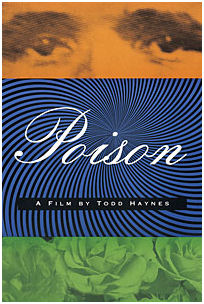
Poison (1991)
Description from The Advocate magazine's
The Top 175 Essential Films of All Time for LGBT Viewers:
Poison (1991): Todd Haynes's trio of stories was loosely based on stories by Jean Genet, including Our Lady of the Flowers and The Miracle of the Rose. They look at a 7-year-old who kills his abusive father, then flies away; a scientist who isolates "the elixir of human sexuality" and takes it with dire results; and a prison love story between two men who knew each other as young boys. Haynes, who had previously directed The Karen Carpenter Story using a cast of Barbie dolls, always showed an original vision and was considered one of the founders of the New Queer film movement of the '90s. -C.H.
Scott's Comments:
Todd Haynes moviemaking skill is evident throughout, but it was just painful for me to watch, also throughout. I have no interest in Gene Ganet, no matter how important he is in literature. I was particularly repulsed by the movie's multiple prison rape and degradation scenes. Also, the black and white '60's B-horror-movie send up made me very uncomfortable, knowing that the movie was made when AIDS was at its peak. As an AIDS allegory, if that is what it was supposed to be, it is incredibly flippant and insensitive. AIDS is far more horrific than a silly "killer leprosy" created by a mad scientist can convey. I do love Todd Haynes' later movies, Velvet Goldmine and Far From Heaven, but Poison was excruciating. Watch it only if you can tolerate multiple variations of prison rape.
Connie's Comments:
Poison is considered important in Queer Cinema. Here is a good article about it from Film Quarterly: Click here for the article.
I liked it because I kept thinking throughout about the plight of being a gay boy, a gay adult, and the horrors of the AIDS epidemic. Todd Haynes was an academic and went at this film from a very theoretical standpoint, which is challenging. The prison part was tough and I didn't understand or enjoy the sadistic aspects, but I found it moving and completely engaging.
What's so great about movies is that everyone responds differently and somehow I felt for all the tortured souls in all three storylines. Poison generated a lot of stir, and understandably so.
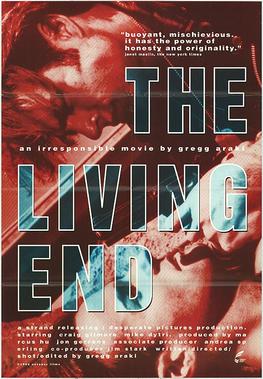
The Living End (1992)
Description from The Advocate magazine's
The Top 175 Essential Films of All Time for LGBT Viewers:
The Living End (1992): One of the earliest entries in the New Queer Cinema genre, filmmaker Gregg Araki's bold and raw dramedy follows two gay, HIV-positive men - one brash and reckless, the other rather meek and cynical - after they meet cute and end up on the road trip to end all road trips. A homophobic cop is killed en route, and the pulchritudinous (and often shirtless) couple, in a queer Gen-X motif, adopt the motto "Fuck everything." Of course, critics noted parallels to Thelma & Louise, dubbing The Living End a gay version of the feminist classic. It's not a film for everyone, but for its generation, it was perfect: cynical, confrontational, romantic, confusing. -D.A.M.
Scott's Comments:
I avoided this movie for twenty years, because I had heard that it was a nihilistic and excessively violent AIDS movie. I only watched it because I felt obligated as preparation for this course. I was very pleasantly surprised. It's a nuanced psychological drama of despair, with interesting characters and a surprising ending. Gregg Araki has gone on to make movies that are equally interesting and surprising, such as Mysterious Skin.

Claire of the Moon (1992)
Description from The Advocate magazine's
The Top 175 Essential Films of All Time for LGBT Viewers:
Claire of the Moon (1992): This early film by lesbian director Nicole Conn has endured, even if it hasn't aged particularly well (especially the earnestness and mom jeans). A supposedly straight writer discovers the joys of sapphic sex at a Pacific Northwest retreat, and there may be no going back (to men). The cinematography is pretty gorgeous and the sex scenes were certainly daring for the early '90s. -N.B.
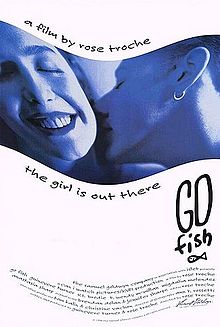
Go Fish (1994)
Description from After Ellen's
Best Lesbian/Bi Movie Poll:
It was the lesbian film of its generation, a surprise indie hit that launched the careers of its director (Troche) and writer/star (Turner), who went on to participate in some the most memorable lesbian films and TV shows of the last 20 years. In it, Turner's Max is something of an Everylesbian, describing herself as a "single lesbo, looking for love." Funny, charming, and revelatory in its chatty simplicity, Go Fish offered a first glimpse of a new generation of lesbian movies.
Description from The Advocate magazine's
The Top 175 Essential Films of All Time for LGBT Viewers:
Go Fish (1994): One of the most important lesbian films of all time, the indie romantic drama Go Fish was lauded when it came out in the early 1990s as the first film about being a lesbian - not coming out in Desert Hearts or struggling with desires as in The Children's Hour, etc. - and it tackled a number of important themes with believable scenes and actors who looked, sounded, and felt authentic. It launched the careers of director Rose Troche (producer of Concussion) and her then-girlfriend, screenwriter Guinevere Turner (of American Psycho fame), and helped mirror conversations happening in the real world about butch-femme dichotomies, familial pressures for queers of color, owning lesbian history, and why lesbians who sleep with men get lambasted. -D.A.M.
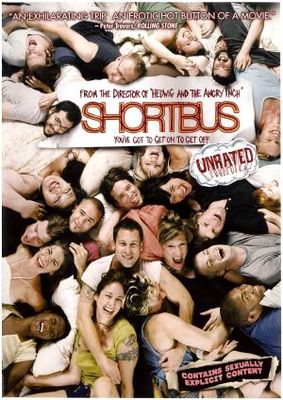
Shortbus (2006)
Description from The Advocate magazine's
The Top 175 Essential Films of All Time for LGBT Viewers:
Shortbus (2006): Prepare to clutch your pearls and make sure you've sent the kids to bed before turning on Shortbus, out director John Cameron Mitchell's funny, earnest send-up of the ins, outs, ups, and downs of the modern queer dating experience. Complete with a musical threesome that involves out singer-songwriter Jay Brannan singing into another man's asshole, the film has a documentary feel that's brought home when viewers inevitably see pieces of their own relationship drama in the myriad couplings at the center of the story. At turns emotional, honest, awkward, and humorous, Shortbus is one of the best, raunchiest LGBT films you've probably never seen. -S.B.
Scott's Comments:
Be Warned! This movie contains hard core pornography -- straight, lesbian, gay, group, and some fantasy Dominatrix, plus the funniest (or most offensive, depending on your point-of-view) rendition of "The Star-Spangled Banner" ever. These actors aren't just acting. There is even the required legal statements for pornography at the beginning. That said, Roger Ebert gave it 3 1/2 stars! Here is his review. If you can accept the pornography, which appears sporadically throughout the movie, you will probably get interested in the characters, and end up liking them and the movie.
Note that the director, John Cameron Mitchell, was intentionally trying to break down the barrier between mainstream movies and pornography with Shortbus. It has been reported that Stanley Kubrick originally intended to do the same thing with Eyes Wide Shut, but changed his mind when he actually made the movie. No other major American film has followed Shortbus's lead, but a number of European feature films have included hard-core pornography as an integral part of the movie, essentially by just showing more during the sex scenes than what has been accepted until now.
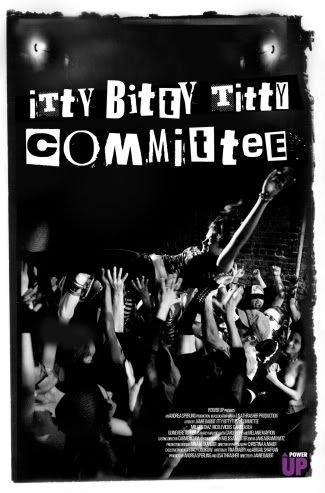
Itty Bitty Titty Committee (2007)
Description from After Ellen's
Best Lesbian/Bi Movie Poll:
Fun, sexy, playful and decidedly punk in spirit, fans of Babbit's But I'm a Cheerleader were likely pleased with this comedic film about radical feminists.
Out of the Closet - LGBTQ Portrayals in Movies After the Stonewall Riots (1969)
Osher Lifelong Learning
Institute
University of Illinois, Urbana-Champaign
Connie Hossier, Instructor
Scott Badman,
Instructor